If you are a project-based business, email is probably a critical part of how you operate
In fact, for most project-based businesses, email is the beating heart of everything they do. Whether it’s internal correspondence, client-facing communications or project collaboration, email is likely to be the primary tool. And, of course, Outlook is the most common email client of choice. However, it’s also the one tool that nobody has questioned how to use, and in the age of data regulations, financial penalties, claims and digital transformation, that needs to change.
Below, we provide some actionable Outlook tips to help you start regaining control of your inbox.
Empower staff by making searching for files easy
Have you ever spent a significant amount of time looking for something buried within your inbox? Or, worse, not bothered to look for something because you know it’s in someone else’s inbox? You aren’t alone. Employees spend large amounts of time searching for emails.
According to McKinsey analysis, the average professional spends 19% of the working day searching and gathering information. Outlook’s search functionality was too broad to be useful. The results would often pull through loads of emails and you’d spend ages looking for the information you need. With smart filters, you can find anything faster and easier.
There are plenty of scenarios when searching for an email would be critical:
- Making an important decision on a project and needing to find historic project correspondence
- Having to evidence a debate over scope creep on a project
- Needing to see conversations across your team with clients, consultants, and contractors
- Finding correspondence from staff who have left the organisation
- Searching for correspondence between a colleague and a client when the colleague is not in the office
- Finding the original, agreed scope of work
Ensure a standardised approach across the business
We hear this one all the time. Inside every business, there are two types of email user: the OCD filer who has loads of folders and files every email in an organised fashion, and the worker who never files anything and sees email as a hindrance. The problem is, it’s no good having some who file and some who don’t. Whichever type you are, email admin is, unfortunately, a key part of establishing efficiencies and processes.
Therefore, a standardised, quick approach is needed to ensure all staff use the same process. Quick, prompted filing at the point of sending or receiving an email ensure all emails in all inboxes are filed across the business. That means no more inbox information lock-in (info lost in an individual’s inbox) from those who don’t bother filing emails.
Ultimately, email management needs to be easy and effortless. Otherwise, employees will try to circumvent the process. Quick and easy prompting means you’ll avoid lost emails, siloed information, multiple versions of documents, and non-compliance with internal or external standards or regulations.
Educate against email overload
McKinsey also says the average professional spends 28% of the working day reading and answering email. Additionally, Harvard Business Review says over-checking email wastes 21 minutes per day/
Re-reading emails is also an issue. If staff check their inboxes 15 times a day (which is the average), spending just four seconds looking at each email, and re-reading only 10% of them, they’ll lose 27 minutes each day. That’s a large portion of time spent wasted on email.
The abundance of email correspondence today is at breaking point. Known as ‘email overload’, this deluge of information inhibits productivity and distracts workers from their key tasks. A top-down approach is needed to inform people how to use email properly - i.e. when to send an email and when not to, how often a day you should check emails, how to organise emails for efficiency, and so on.
Additionally, workers should be enabled by having the ability to file and search for emails from any location and mobile devices. This is particularly important for those who spend a lot of time out in the field.
Control who has access to what
Access to information is the goal. However, businesses need to retain full control over the accessibility, visibility and location of where emails are filed. You need to keep your data within your existing IT setup, without having to log into a number of different systems to access the information.
You, as the company, must dictate where the emails are saved to ensure the same privacy and security procedures you already have within your IT infrastructure. Remember, data is the new oil, so it’s vitally important you choose where to file it.
Start taking control of your inbox now
Making small changes to the way you use Outlook can result in dramatic improvements to your productivity and bottom line. Here are our key tips:
- Schedule proper time to check emails a few times a day
- File every email out of your inbox the first time you read it
- Use smart search filters to find any email, from any person, about any project
- Prompt filing to ensure all employees are filing emails
- Control where your emails are filed and who has access to folders
When it comes to organising, storing, sharing and managing emails, Outlook leaves a lot to be desired. Mail Manager is the leading Outlook add-in that can help you manage your emails more efficiently. You’ll be able to file and search all emails, retain control of your data (using your existing IT infrastructure), reduce the risk of sensitive information within email being lost, improve productivity with increased collaboration, and save time spent looking for information.
Book a free trial of Mail Manager to try it for yourself below.










